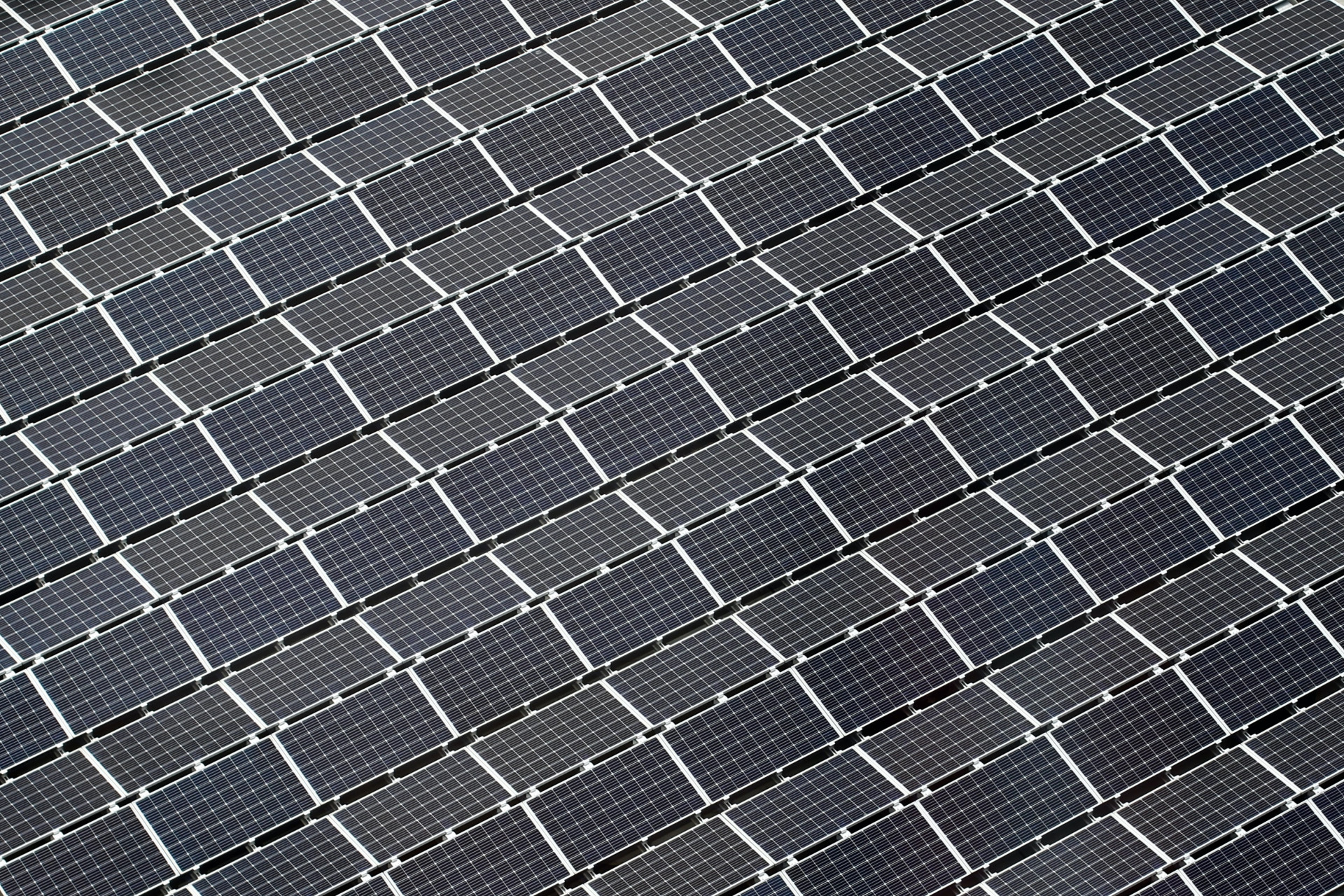Renewables produce electricity from on-going natural processes, such as sunshine, wind, flowing water, biological processes, and geothermal heat flows. Renewable energy minimizes carbon pollution and has a much lower impact on the environment than fossil fuels - coal, oil, and natural gas.
